Tech Tips
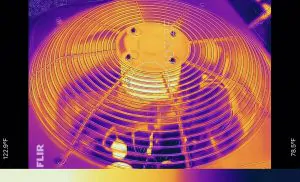
An important rating on motors is the AMBIENT temperature rating that the motor can operate at. This rating refers to the temperature of the air around the motor, not the temperature of the motor itself or even the temperature of the outdoor air—since the motor is often in a condenser air stream that is higher […]
Read more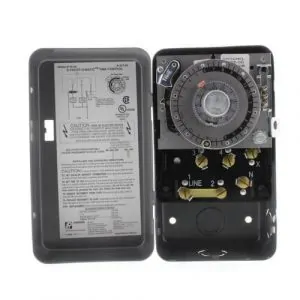
As an A/C tech, I can sometimes get the terms “defrost termination” and “defrost fail-safe” mixed up because they sound pretty similar. Before we cover these terms, let's set the basic defrost groundwork for refrigeration (coolers and freezers). Defrost is accomplished in one of a few ways; these first two only apply to “coolers” where […]
Read more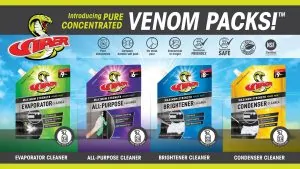
When I was a green tech, I was really big into showing up all the other techs by doing THE BEST cleaning I possibly could. One of my favorite things to do was to clean the condenser until it was SPOTLESS inside and out. The only issue was that I really liked using that brown […]
Read more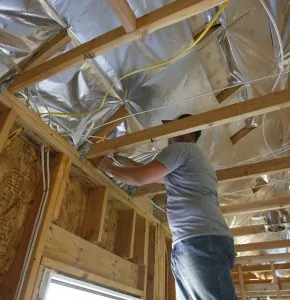
You are probably all familiar with radiant barriers. Sometimes, it is thin foil draped under the roof deck. Other times, it's used on the inside of stud walls or over furring strips before the drywall goes up, and there is even plywood with a radiant barrier attached to one side that is used for roof […]
Read more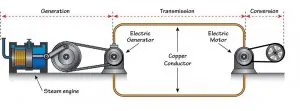
Voltage drop is one of those topics we often mention but seldom think about in-depth. From a very basic standpoint, we need to know whether or not the rated voltage is being delivered to the device or appliance while under full load, which is as simple as running the equipment and measuring the voltage at […]
Read more
In HVAC, we work with thermocouples for temperature measurement all the time, but we may not understand the difference between a thermocouple and other types of temperature measurement sensors. A thermocouple is just two different types of metal connected at a “junction” that generates a small voltage with a temperature change. Older furnaces would often […]
Read more
You probably didn’t expect to find the word “autodidact” on an HVAC education site. You’d probably expect to see it in an SAT prep book or a list of words to say five times fast. What does that word have to do with HVAC? Well, autodidacts are some of the best techs in our trade. […]
Read more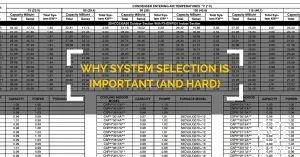
I get questions all the time about performing “load calculations” and “rules of thumb” or how to do it properly. This article isn't about load calculation, but the only good answer is to find a quality ACCA-approved Manual J software and get used to using it. You may have heard from others in the field […]
Read more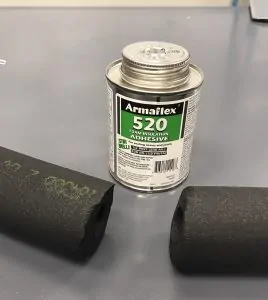
I see a lot of techs and installers use tape over foam tubing insulation joints (Rubbatex, Armaflex, etc.) rather than using the glue that is designed for it. Some of them use tape because they don't know the glue exists; some use tape because it's what they happen to have on the truck, and others […]
Read more





